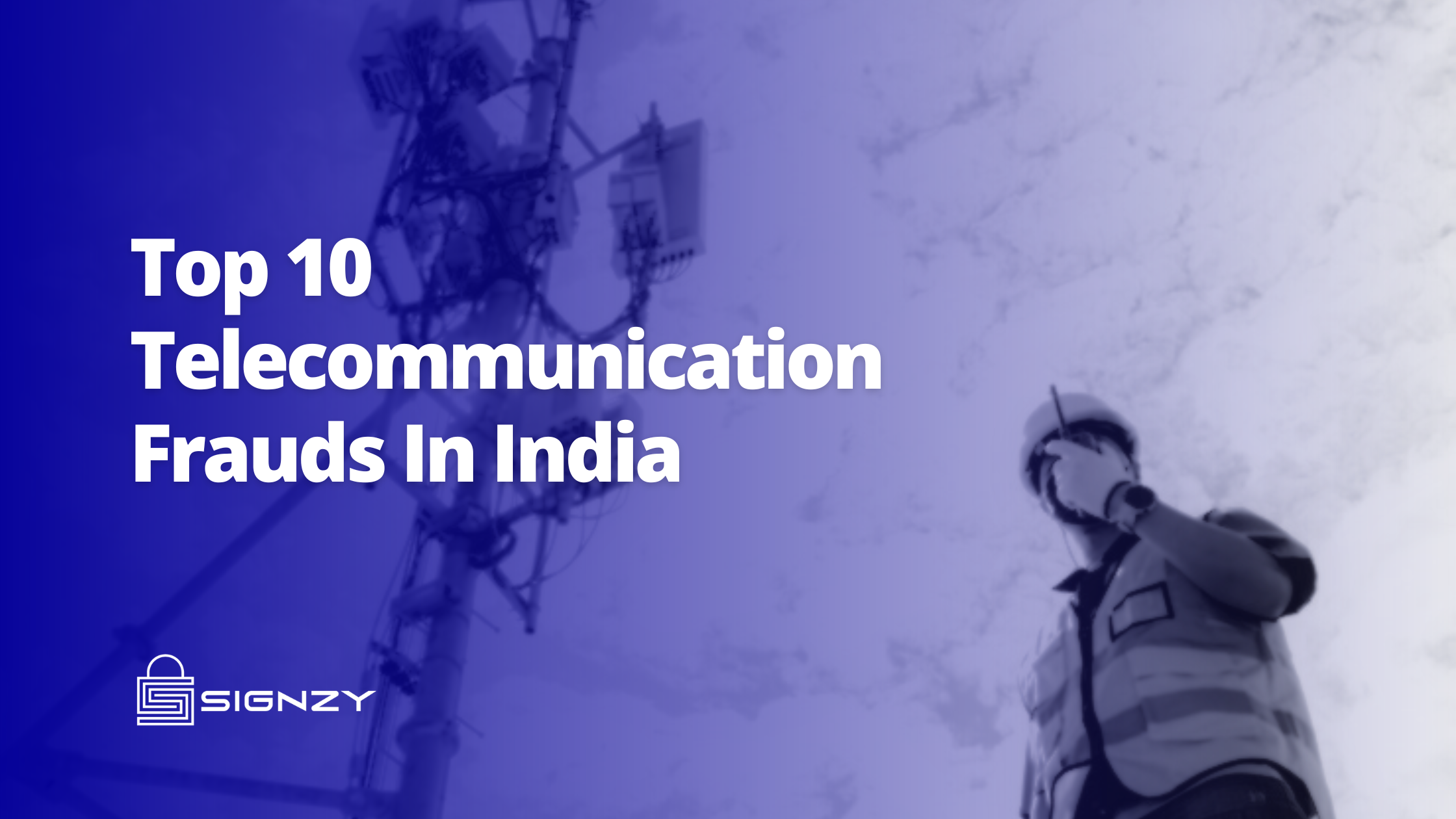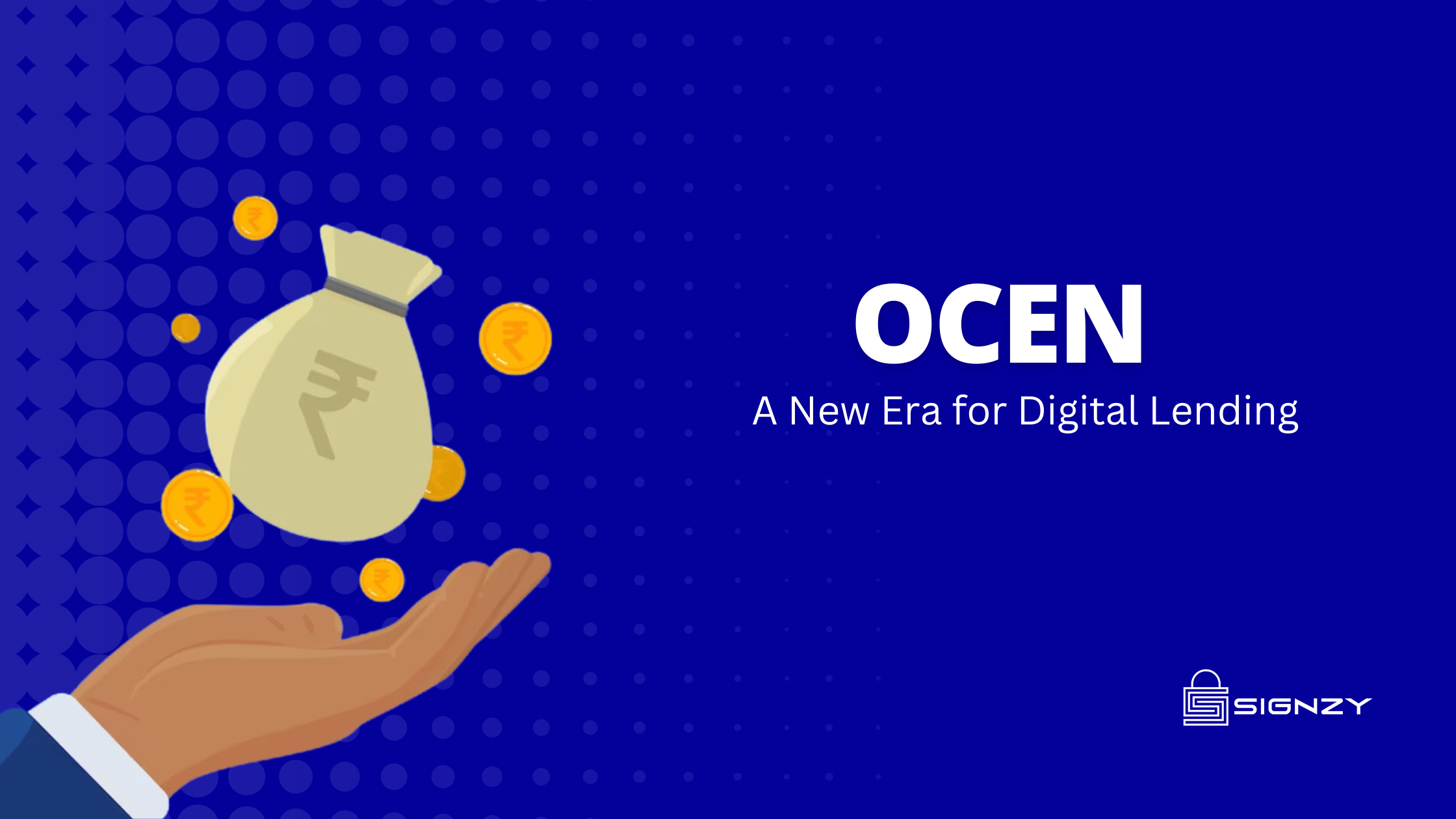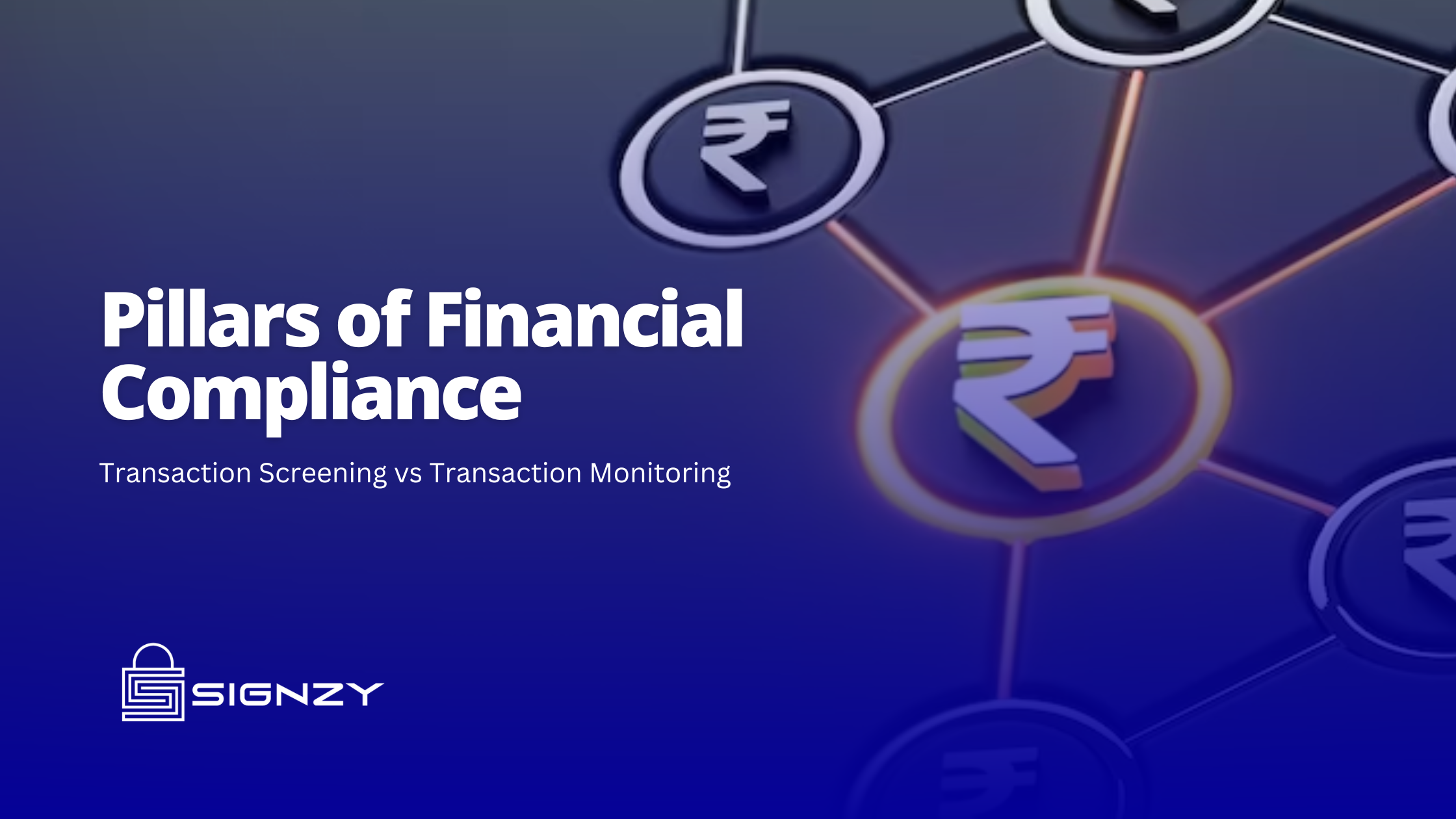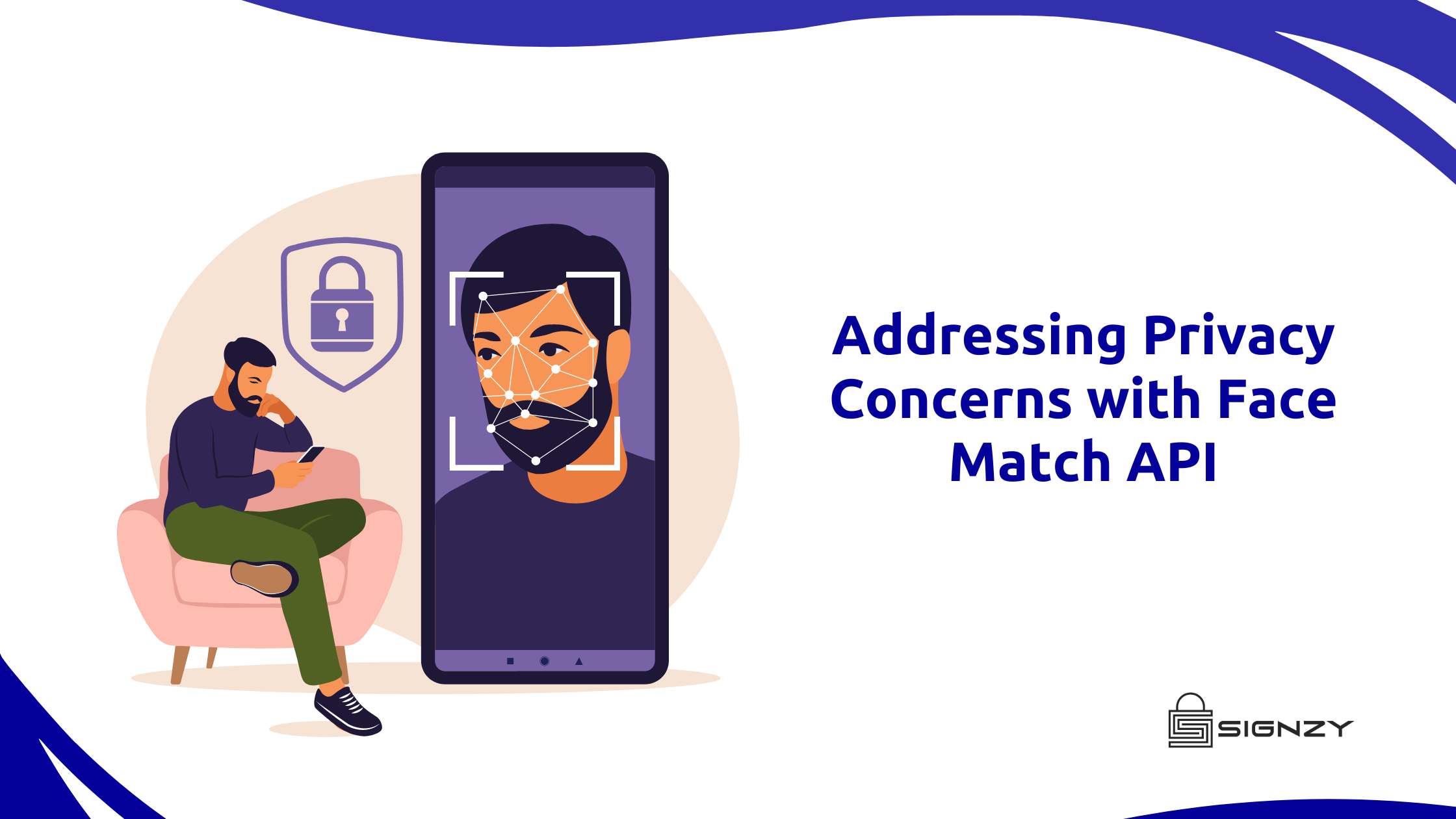In our previous blog, we delved into the complex and challenging world of subscription fraud in the Indian telecom sector, shedding light on its mechanisms and impact. Now, we shift our focus to solutions and strategies. In this blog, we’ll explore the effective measures and innovative approaches that can be employed to combat subscription fraud. From cutting-edge technologies to robust regulatory frameworks, join us as we navigate through the proactive steps that telecom companies, regulators, and consumers can take to safeguard against these fraudulent activities.
In the fast-paced world of digital subscriptions, India has emerged as a fertile ground for opportunity. From streaming services to OTT platforms, e-commerce giants to food delivery apps, the subscription landscape is booming. However, this rapid growth has also attracted unwanted attention – the cunning specter of subscription fraud.
The Grim Reality of Subscription Fraud in India
Subscription fraud manifests in various forms, each aiming to exploit vulnerabilities in the onboarding process. Common tactics include:
- Synthetic identities: Fraudsters create fake identities using stolen or fabricated data, often including PAN cards, Aadhaar numbers, and even bank account details. These seemingly legitimate identities then trick platforms into granting subscriptions without any intention of future payments.
- Account Takeover (ATO): Hackers steal existing user credentials and gain access to active subscriptions, racking up charges before the rightful owner realizes the breach.
- Sim Swapping: By tricking mobile operators into transferring phone numbers associated with subscriptions, fraudsters divert billing notifications and gain unauthorized access.
- Carding: Stolen credit card information is used to subscribe to services, leaving the rightful cardholder to deal with the financial repercussions.
These fraudulent activities cause significant financial losses, erode trust in digital platforms, and create a negative user experience. A 2021 report by Juniper Research estimated that global subscription fraud will cost businesses a staggering $20 billion by 2025. In India, the problem is particularly acute, with a 2022 report by Experian revealing that 32% of online transactions are attempted using fraudulent data.
Why is India Vulnerable?
Several factors contribute to India’s susceptibility to subscription fraud:
- Rapid digitization: The rapid adoption of digital services, coupled with a growing tech-savvy population, presents a vast attack surface for fraudsters.
- Weak KYC norms: Traditional paper-based KYC verification processes are often unreliable and susceptible to manipulation.
- Financial inclusion: The increasing use of digital wallets and other alternative payment methods creates additional avenues for fraud.
- Lack of awareness: Many users remain unaware of the red flags and risks associated with online subscriptions, making them easy targets.
How is Signzy Combating Subscription Fraud?
In this scenario, Signzy emerges as a beacon of hope.
Signzy’s AI-powered identity verification platform leverages cutting-edge technologies to combat subscription fraud and safeguard businesses and users alike. Here’s how:
- Digital Document Verification: Signzy’s solution verifies the authenticity of uploaded documents like PAN cards, Aadhaar numbers, and bank statements in real-time. Advanced checks like liveness detection and document tampering analysis prevent the use of forged documents.
- Video KYC: Conducting live video KYC through Signzy’s platform verifies a user’s identity by comparing their facial features with their government-issued ID photos. This human-in-the-loop approach offers an extra layer of security.
- Fraud Screening: By unearthing hidden patterns and assigning a quantifiable risk score, Signzy empowers platforms to make informed decisions and foster a secure and thriving digital ecosystem. In the ongoing battle against subscription fraud, Signzy’s vigilant screening stands as a beacon of hope, ensuring that the light of trust continues to shine on the path of digital progress.
- Continuous Monitoring: Even after onboarding, Signzy’s solution provides ongoing monitoring of user activity, detecting suspicious transactions and potential ATO attempts in real-time.
Beyond Technology: Building a Collaborative Ecosystem
Tackling subscription fraud requires a multi-pronged approach. Signzy actively collaborates with:
- Financial institutions: Sharing data and insights to identify and blacklist fraudulent actors.
- Law enforcement agencies: Providing assistance in tracking down and prosecuting cybercriminals.
- Industry bodies: Raising awareness about subscription fraud and advocating for stronger KYC norms.
- Consumers: Educating users about safe online practices and encouraging them to report suspicious activity.
A Brighter Future
By combining cutting-edge technology with collaborative efforts, Signzy is leading the fight against subscription fraud in India. As awareness grows and platforms adopt robust verification processes, the digital landscape will become a safer and more secure space for both businesses and users.
The journey to eradicate subscription fraud is ongoing, but with proactive measures and innovative solutions like Signzy, we can pave the way for a brighter future of trustworthy and secure digital subscriptions in India.
About Signzy
Signzy is a market-leading platform redefining the speed, accuracy, and experience of how financial institutions are onboarding customers and businesses – using the digital medium. The company’s award-winning no-code GO platform delivers seamless, end-to-end, and multi-channel onboarding journeys while offering customizable workflows. In addition, it gives these players access to an aggregated marketplace of 240+ bespoke APIs, easily added to any workflow with simple widgets.
Signzy is enabling ten million+ end customer and business onboarding every month at a success rate of 99% while reducing the speed to market from 6 months to 3-4 weeks. It works with over 240+ FIs globally, including the 4 largest banks in India, a Top 3 acquiring Bank in the US, and has a robust global partnership with Mastercard and Microsoft. The company’s product team is based out of Bengaluru and has a strong presence in Mumbai, New York, and Dubai.
Visit www.signzy.com for more information about us.
Contact us directly!







